The blind and visually impaired have unique needs when accessing information and participating in the world around them. Therefore, they must acquire specialised resources to help them manage their day-to-day activities effectively. Some of these resources for the blind/visually impaired include:-
Apps For The Blind/ Visually Impaired
You may probably wonder how the blind can perform some tasks independently. There are several apps specifically designed for those who are visually impaired or blind. These apps are important as they help the blind with assistance on their everyday tasks, such as writing emails or making phone calls.
For example, one popular app is Seeing AI, which uses the camera on a smartphone to provide information about the world around the user. The app can identify people, read text, and describe objects and scenes. Another useful app is BARD Mobile, which gives users access to digital Braille books from the Library of Congress. With so many options available, there is sure to be an app that meets the needs of any visually impaired or blind person.
Magnification Software For The Blind/ Visually Impaired
One of the most significant challenges faced by the blind is the inability to read printed text. While Braille is a valuable tool, it is not always practical or possible to read everything in Braille. Magnification software is amongst the tools and technologies which can be extremely helpful, making it easier for the partially sighted to read.
Magnification software allows users to enlarge text and images on their computer screens, smartphones, and other devices; hence reading is made easier for the blind and partially sighted. Some software allows you to customise the level of magnification, while others provide preset options; hence, choosing one that meets your specific needs is important. Magnification software can greatly help people with visual impairments, making it possible for them to stay connected and participate in activities they might otherwise miss out on.
Equipment For The Blind/ Visually Impaired
Amongst the resources for the visually impaired is equipment which helps people who are blind or have low vision. Some common examples include Braillewriters, special typewriters that enable people to write in Braille. Blind people or those with low vision can use white canes to detect obstacles in their path. Alternatively, trained dogs can guide people who are blind, helping them to navigate safely around obstacles.
It is important to accommodate the blind by providing equipment that makes them more comfortable, especially at workplaces. For example, adjustable-tilt work surfaces, including tables and desks, will help people with low vision to position papers and other materials to help them work effectively.
Curriculum Programs For The Blind/ Visually Impaired
Amongst the curriculum programs for the blind are the National Federation of the Blind's (NFB) and Braille Enrichment for Literacy and Learning (BELL) Academy. Such programs provide blind students with intensive instruction in Braille. By participating in the BELL Academy, students gain confidence in their abilities and become more independent as they are educated on how to live a more independent and fulfilling life, just as any other person without a disability.
Additionally, trained teachers and support staff are essential in ensuring that these students are able to participate fully in their education. By carefully selecting materials that are age-appropriate and accessible, teachers can ensure that all students have the opportunity to learn and succeed.
Support Groups For The Blind/ Visually Impaired
Other resources for the visually impaired are support groups available to help the visually impaired and blind adjust to their condition. These groups can provide valuable information, emotional support, and a sense of community where members can share information and advice on dealing with the disability. One of the benefits of joining a support group is the opportunity to share experiences and learn from others, as support groups offer a safe space to express emotions and openly discuss the challenges of living with visual impairment or blindness.
In addition, many groups offer activities to help members stay active and connected to the community. For example, some support groups may organise outings to museums or art galleries that have braille signage or audio descriptions available. Therefore, joining a support group can be an empowering experience for those who are visually impaired or blind, as it is an opportunity to connect with others, learn new coping strategies, and gain a better understanding of what it means to live with this condition.
These are just a few resources that can improve the lives of the visually impaired. For more information on resources for the blind, check out Living Paintings today!



 true love
StableDiffusion
true love
StableDiffusion
 My Cheerleader
StableDiffusion
My Cheerleader
StableDiffusion
 womans transformation to happiness and love
StableDiffusion
womans transformation to happiness and love
StableDiffusion
 future life together of adventures
StableDiffusion
future life together of adventures
StableDiffusion













 shiny things
StableDiffusion
shiny things
StableDiffusion
 listen to your heart
StableDiffusion
listen to your heart
StableDiffusion
 face your fear
StableDiffusion
face your fear
StableDiffusion
 olympic woman
StableDiffusion
olympic woman
StableDiffusion
 Lessons of life
StableDiffusion
Lessons of life
StableDiffusion
 Woman praying
StableDiffusion
Woman praying
StableDiffusion
 Disneys Goofy
StableDiffusion
Disneys Goofy
StableDiffusion
 love
StableDiffusion
love
StableDiffusion
 you are stronger than you think
StableDiffusion
you are stronger than you think
StableDiffusion
 kindness
StableDiffusion
kindness
StableDiffusion
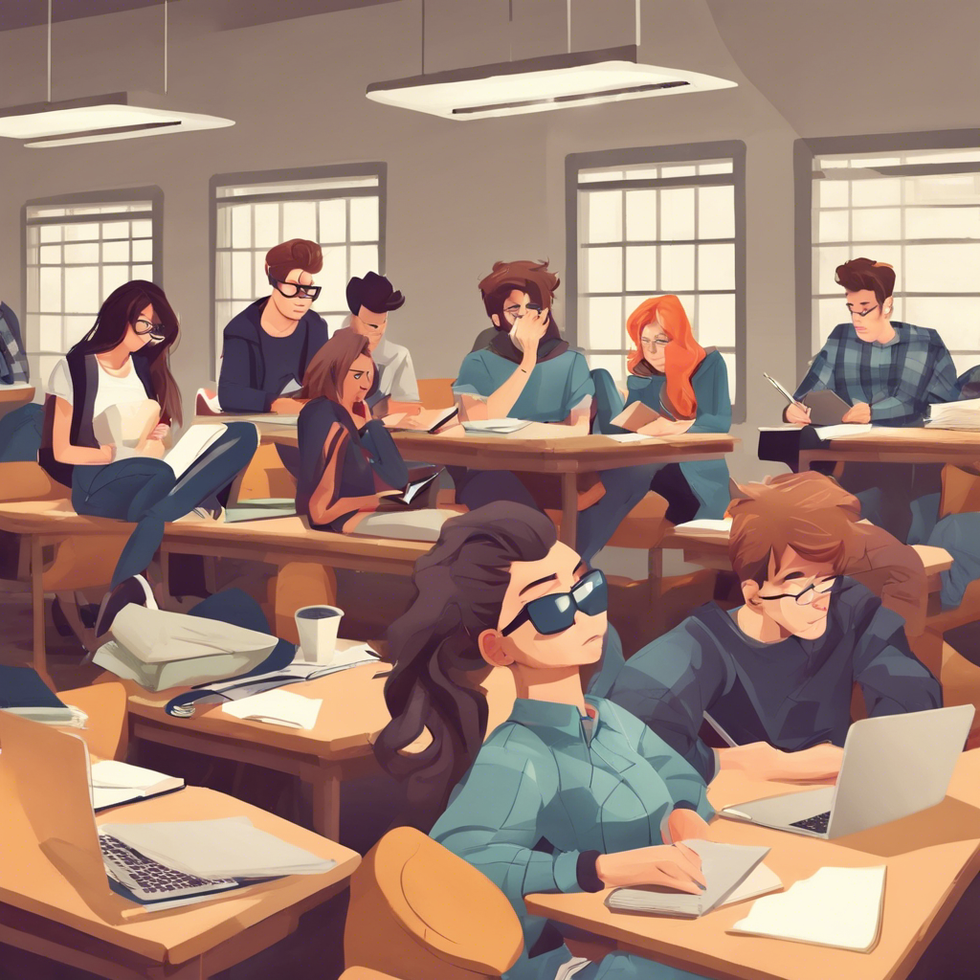
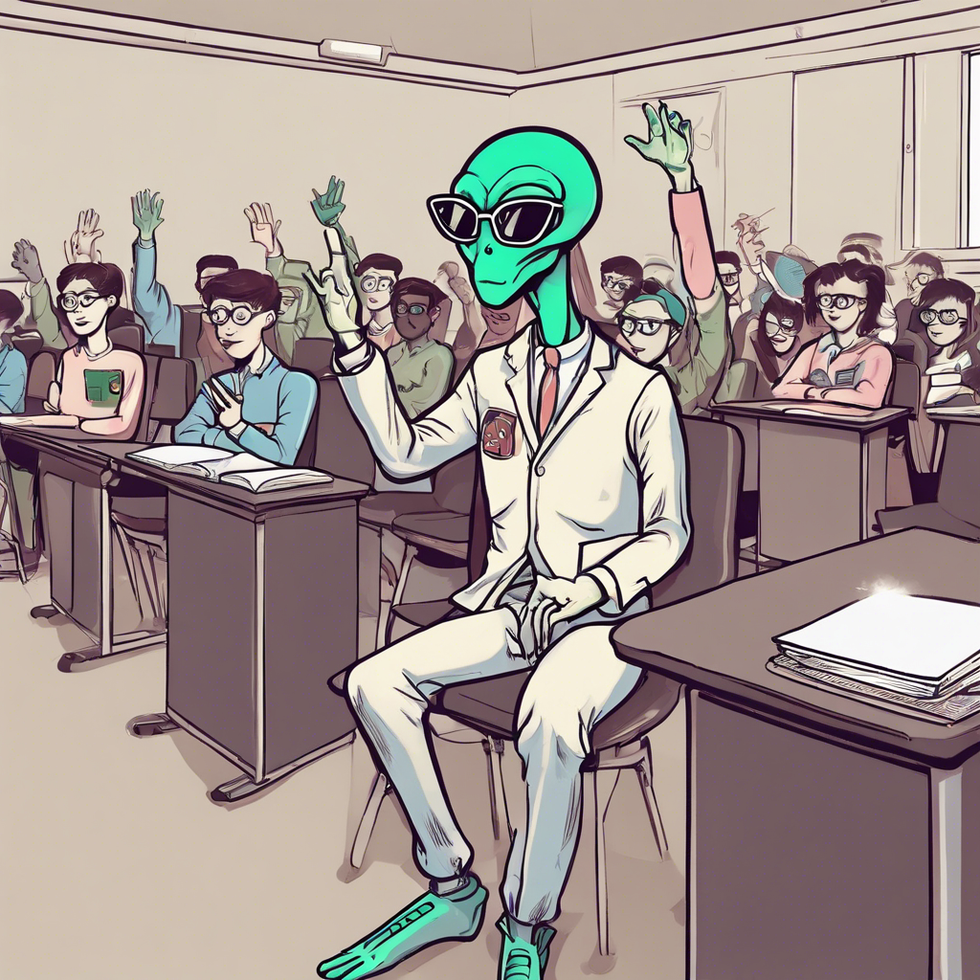 StableDiffusion
StableDiffusion StableDiffusion
StableDiffusion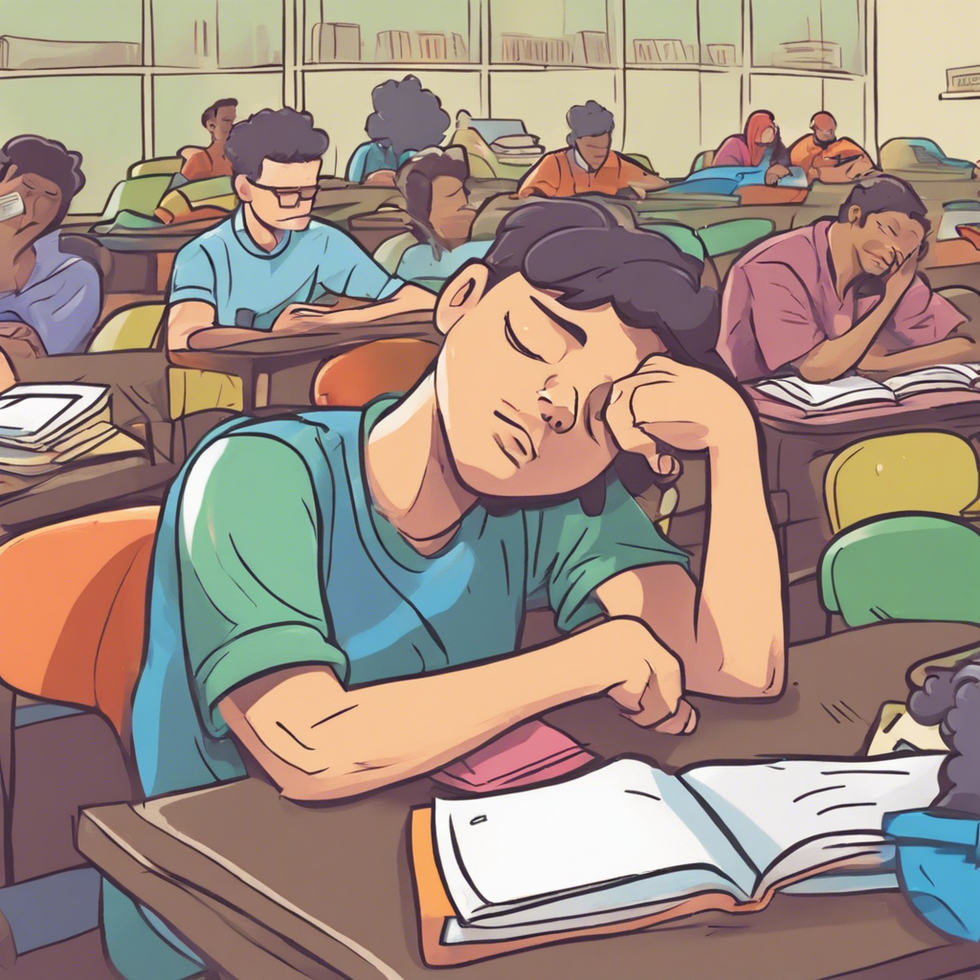 StableDiffusion
StableDiffusion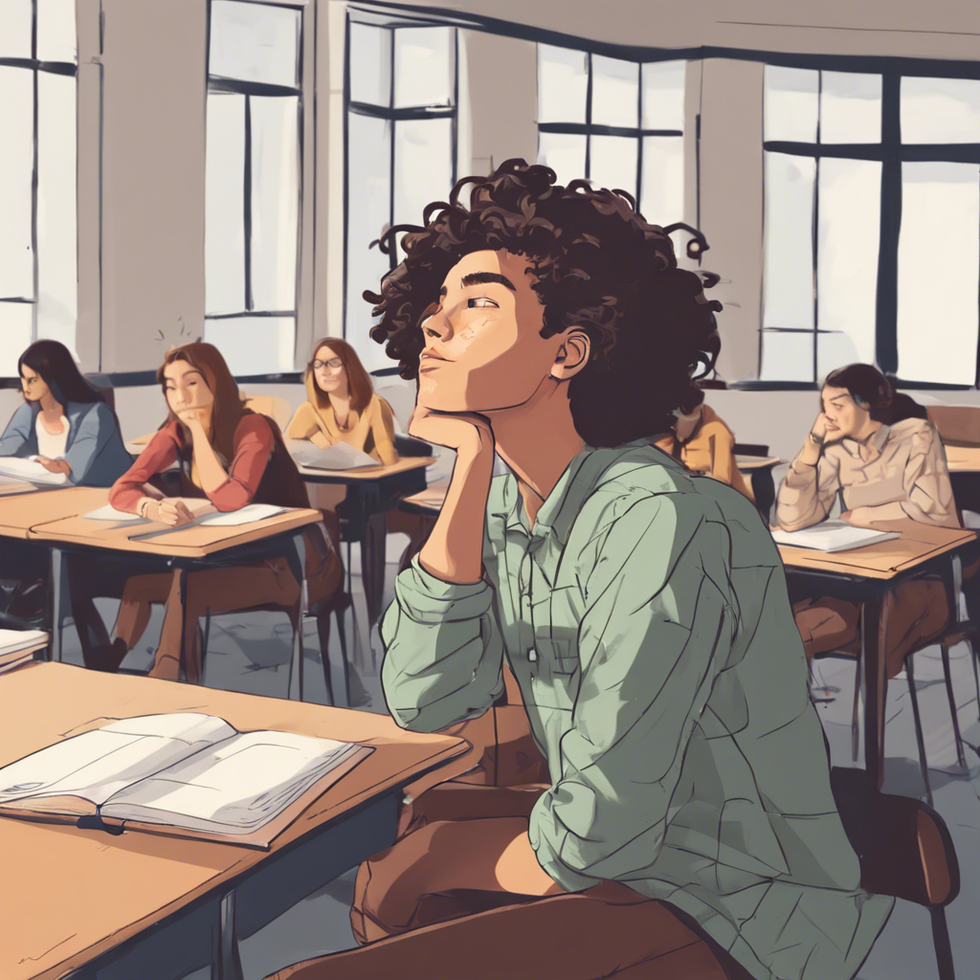 StableDiffusion
StableDiffusion StableDiffusion
StableDiffusion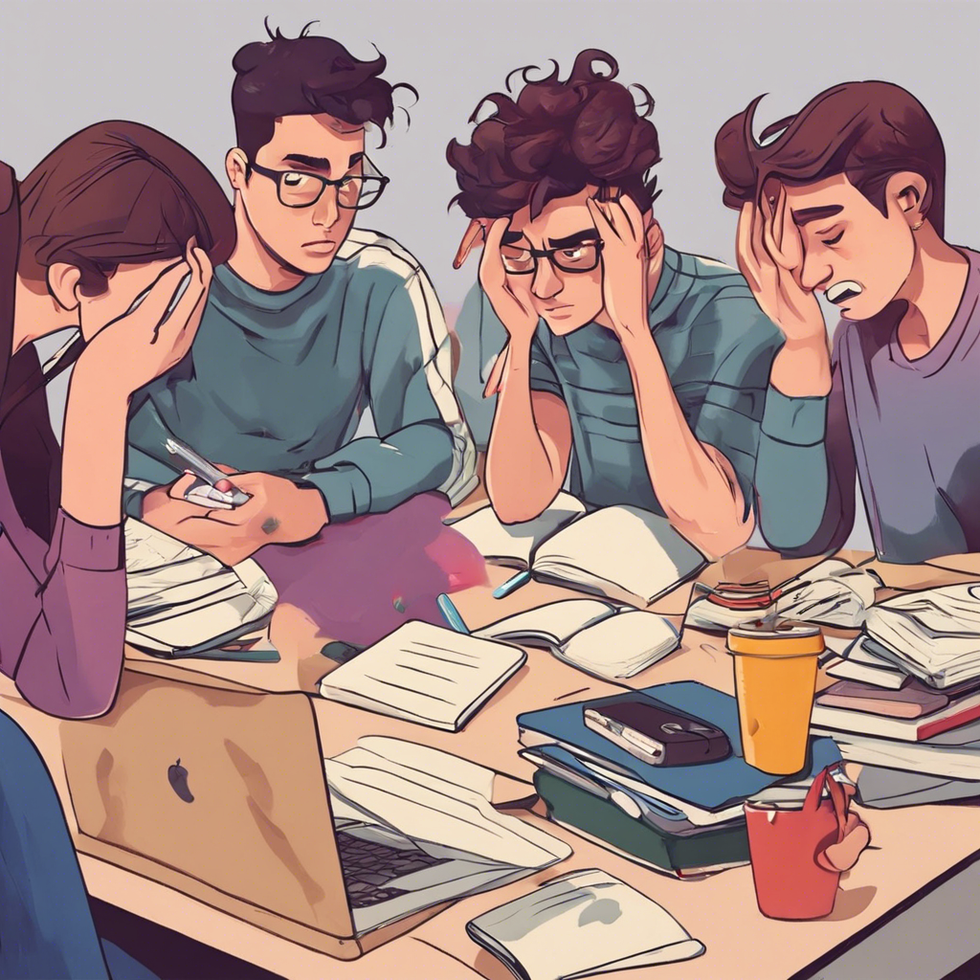 StableDiffusion
StableDiffusion StableDiffusion
StableDiffusion

 StableDiffusion
StableDiffusion StableDiffusion
StableDiffusion
 StableDiffusion
StableDiffusion
 StableDiffusion
StableDiffusion
 StableDiffusion
StableDiffusion
 StableDiffusion
StableDiffusion








